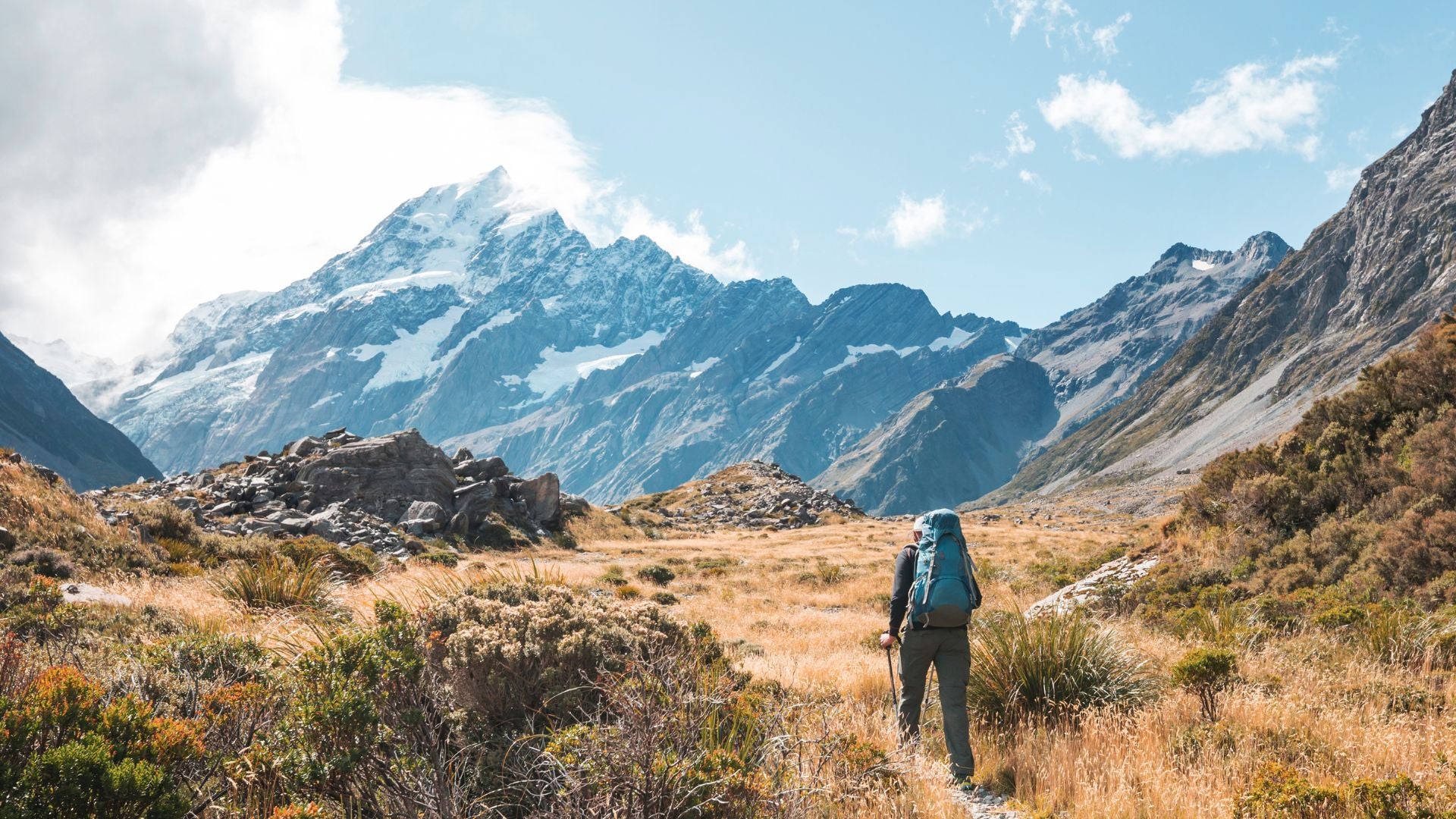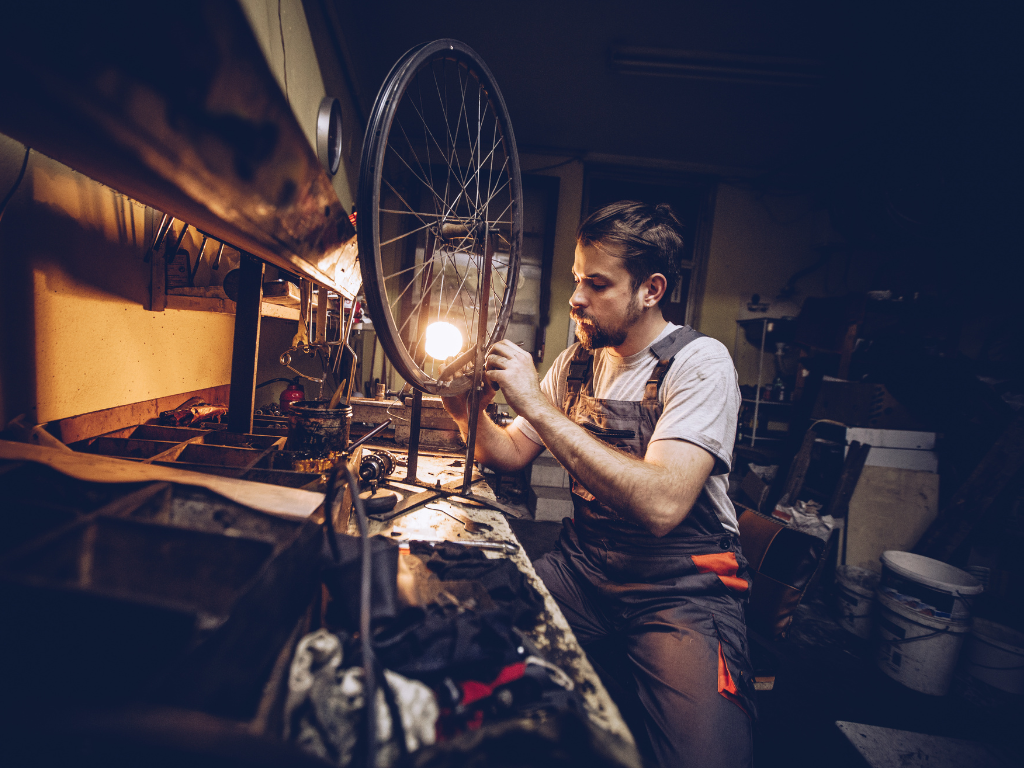
Hardtail Or Full Suspension? How To Choose Your Next Bike
This is the never-ending debate among people new to mountain bike riding – and plenty of riders who’ve been doing it for a while - should my next bike a hard tail or full suspension?’
Ultimately the choice between a hardtail and full-suspension mountain bike is fairly simple. It depends on terrain, your body, and your budget for purchase and maintenance.
1. Your Terrain
A hardtail is a versatile choice if you want to use your mountain bike for general biking as well as some trail riding. They work for commuting and can be a great option for bikepacking.
Hardtails can be fun on mildly technical descents if they have slack geometry and a decent suspension fork. If the trails where you like riding most are generally smooth and flowing, the difference between a hardtail and a full-suspension bike is small. If you have to ride a long way to get to your trails it could be good to go for a hardtail, which more efficiently convert pedalling into forward motion. Rear suspension wastes energy as it moves up and down.
Full-suspension bikes on the other hand are infinitely better on rough terrain. They soak up the lumps and bumps and absorb the hits when you land jumps, saving your ankles and hips from a pummelling in the process. Even a short-travel full-suspension bike will give you more confidence and control in technical terrain. They also make riding rutted gravel tracks and roads a lot more comfortable.
2. Your Body
If you’re carrying recent or long-term injuries you will feel much happier riding a full-suspension bike on any terrain. And if you’re worried about getting injured a full suspension bike is also a smart way to go. On steep tracks the risk of getting pitched over the handlebars is reduced when you have some rear suspension travel to keep your centre of gravity low and towards the back of the bike.
Your size and strength is another consideration. Unless you go super light with full suspension (equals $$$) hardtails are always much easier to lift onto bike racks than full-suspension bikes – something to take into account if you drive to where you like to bike.
3. Your Budget
If you have a limited budget and ride smooth trails in all weather conditions, a hardtail will probably meet your needs pretty well. What you save by not having a rear shock and linkage, you can spend on other components like a better-quality fork, lighter wheels, premium gears, or a better drivetrain. You can end up with a much lighter hardtail that has much better components for the same price as a full-suspension bike with similar fork travel.
If you are concerned about the cost of maintenance, or ride where its muddy a lot of the time, hardtails are going to be a lot cheaper in the long run. If you frequently ride in wet and muddy conditions full-suspension bikes require regular shock services and linkage bearing replacements, which add to the cost of ownership.
As always, the best thing to do is have a chat to the bike team at Outside Sports. It’s our mission to get you on the right bike – for where you ride, your body and your budget.



